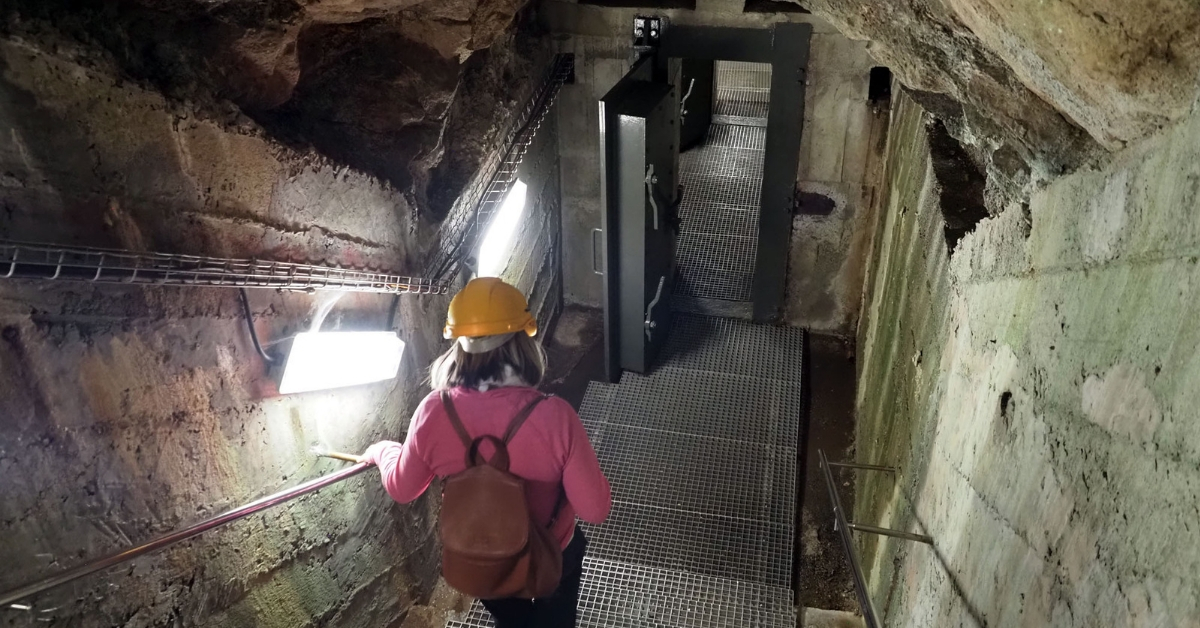In 1939 a tiny remote Cornish seaside village was the centre of Britain’s vital wartime communication network and its role is now part of a new museum exhibition.
Very quickly after war was declared in September 1939 it was decided that the station where the undersea cables from all around the world came into the country needed to be further protected.
Britain had over the previous decades built and laid thousands of miles of vital communication cables to places like India, Australia, Malta and to USA and Canada too.
Work started in June 1940 to build a large underground bunker under the granite hills just up from Porthcurno Cove and beach.
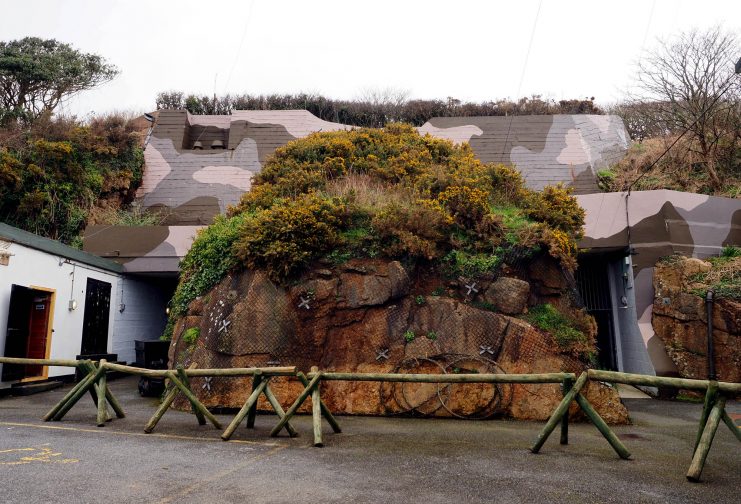
With a county full of experienced tin miners, 200 of them were drafted in to construct a tunnel in the cliffs.
Using all of their tin mining techniques they set about blasting, drilling and digging out two bomb proof tunnels.
A very strange story was conceived by the War Office to keep project secret. And if any of the residents asked what was going on. They were told a shortcut to the village pub from the beach was being built!
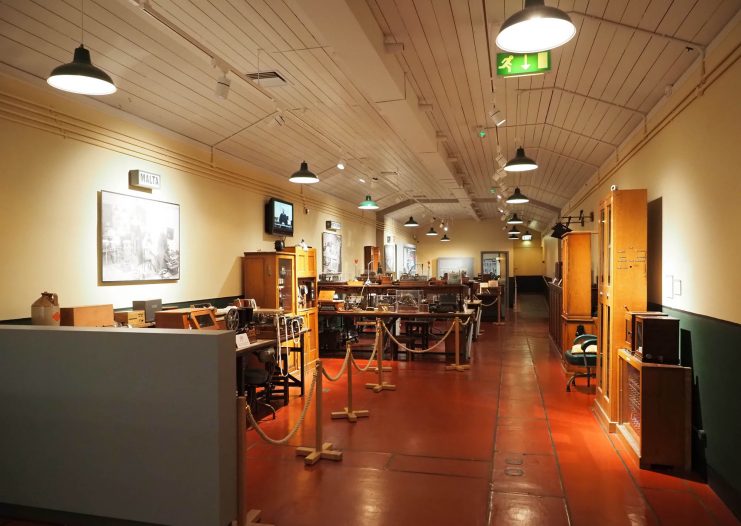
Nearly a year later and the two tunnel sections were completed at a cost then, of around £21,000.
The bomb-proof cavern consisted of communication rooms, workshops, sleeping accommodation, toilets, special steel entrance doors and an emergency escape staircase of 120 steps that led to the surface on the cliff top. That is now include and is open to the public and as at the top there are extensive views over the valley and coast.
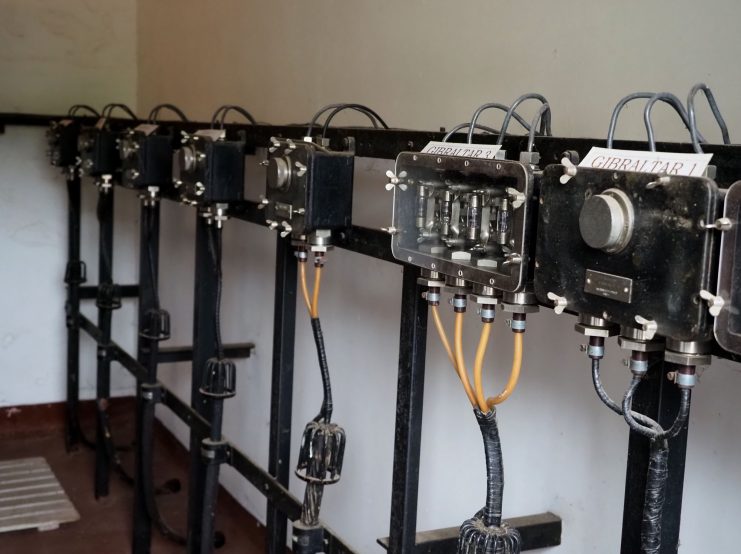
Security for the entrances around the site during World War II was by armed soldiers and they even had flame throwers too.
The whole complex is now been opened to the public as part of the attached Telegraph Museum site. The Grade II listed facility has a fully working automated relay station and a replica wireless room.
It tells the story of the Cable and Wireless staff that worked keeping Britain connected during the 1939-45 war to its vital worldwide commonwealth countries and the communication cable network that helped the allies to win the war.
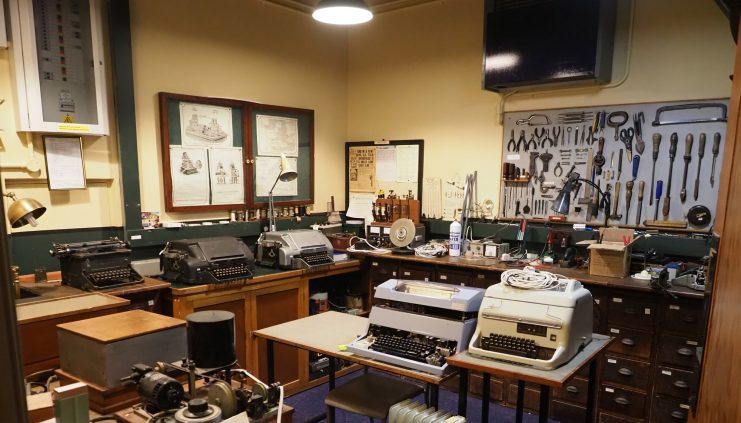
There are also links to the world of spying and the signals that would have gone through or been de-cripted by Bletchley Park and Enigma traffic.
I travelled to Cornwall and stayed in Mullion Cove Hotel self-catering apartments on an attractive and very quiet harbour at Mullion Cove on the Lizard Peninsula.
The luxury apartments are modern and spacious and located as they are close to the sea where you can enjoy a relaxing stay in comfort, in a harbourside home from home. As a resident of the apartments you can also enjoy the hotel’s spa and swimming pool facilities.
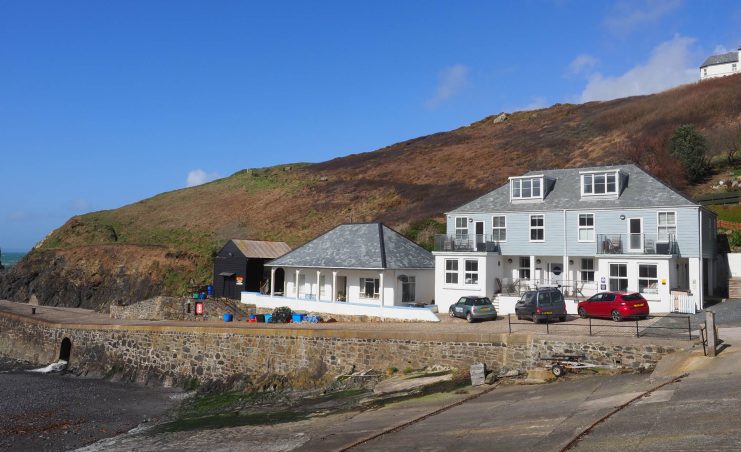
A short drive further west in the County and pretty sandy cove at Porthcurno attracts many visitors and so does the Telegraph Museum that is itself an excellent visitor experience. And now even further enhanced by this new World War II exhibition.
The museum is a well laid out and explains in great detail the complete history of cables, their uses, the technologies over the years and how they were laid. Plus, the key people involved in the development of undersea cable communication services.
More photos!
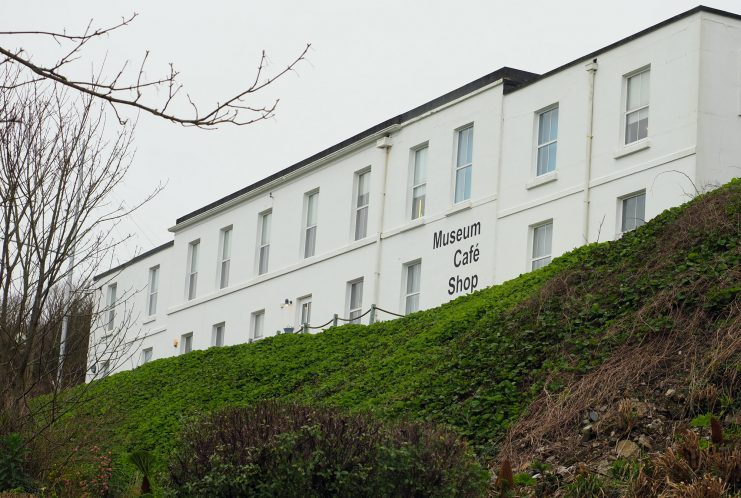
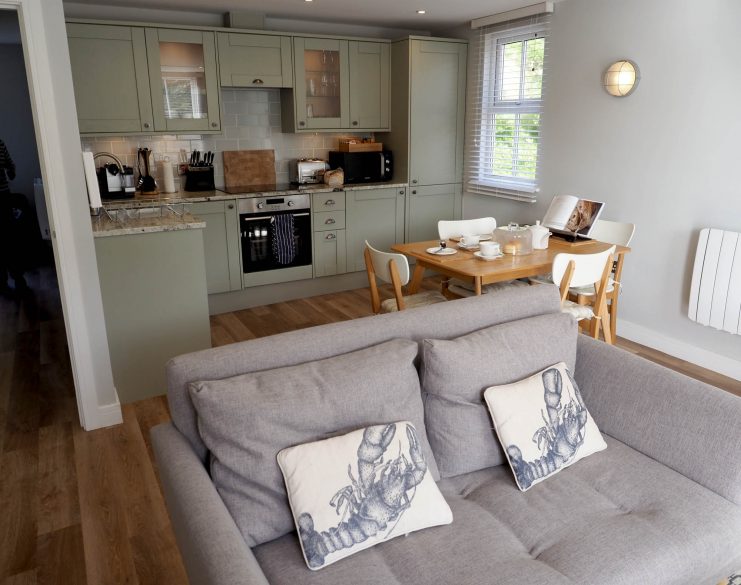
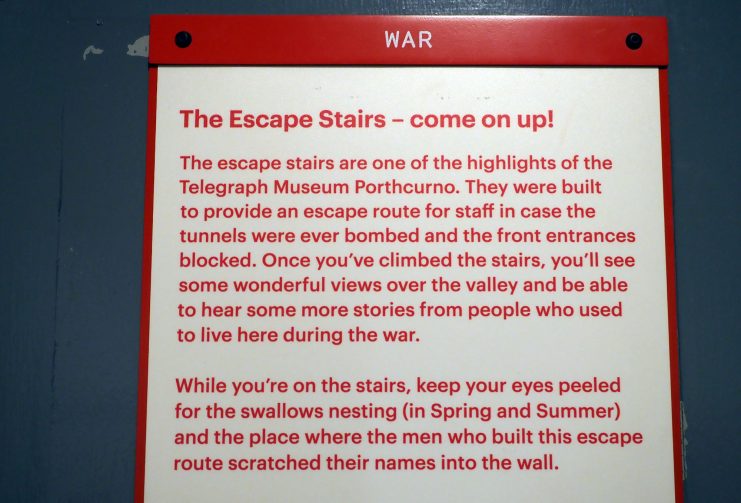
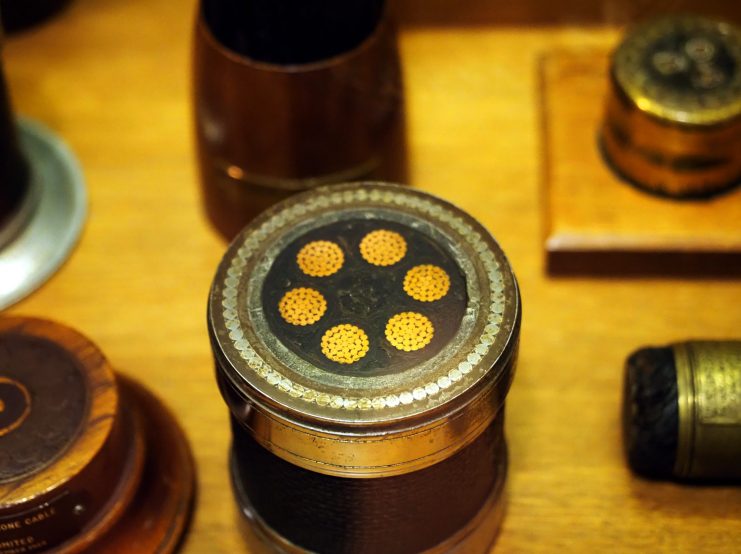
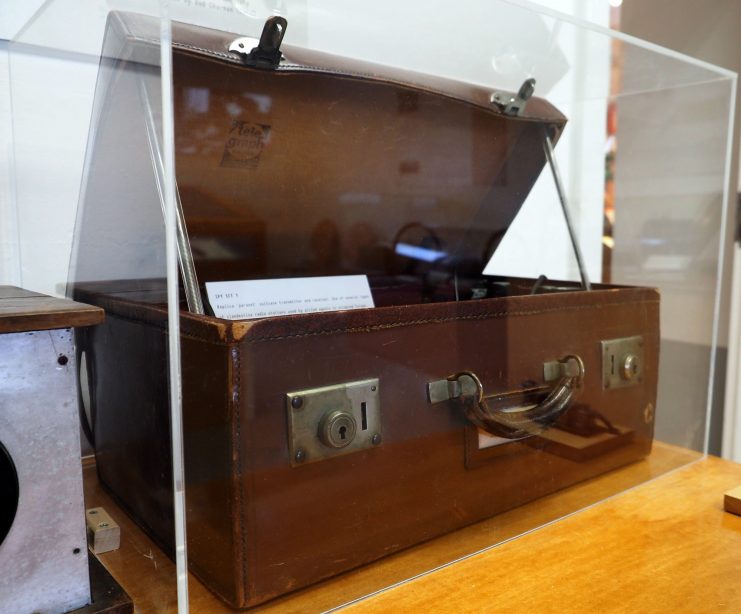
Churchill’s British Resistance Secret Bunker Discovered
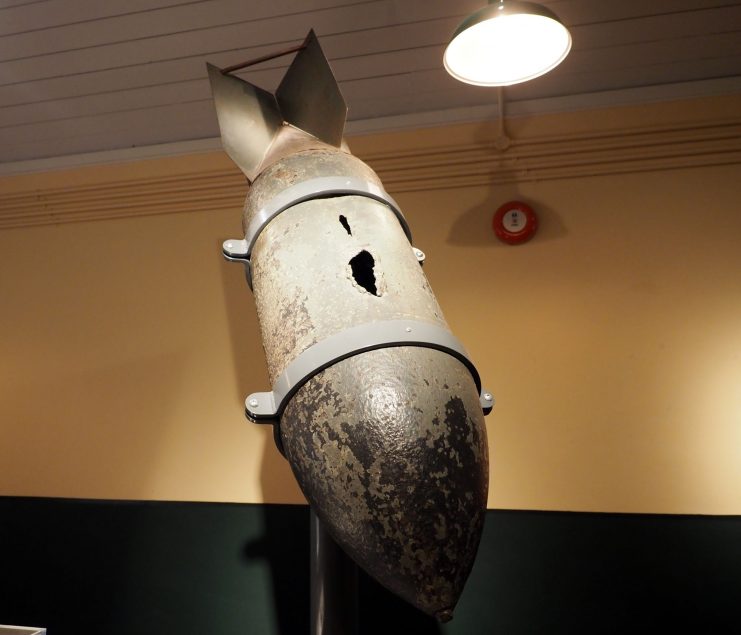
Geoff Moore| www.thetraveltrunk.net | Facebook | Twitter
